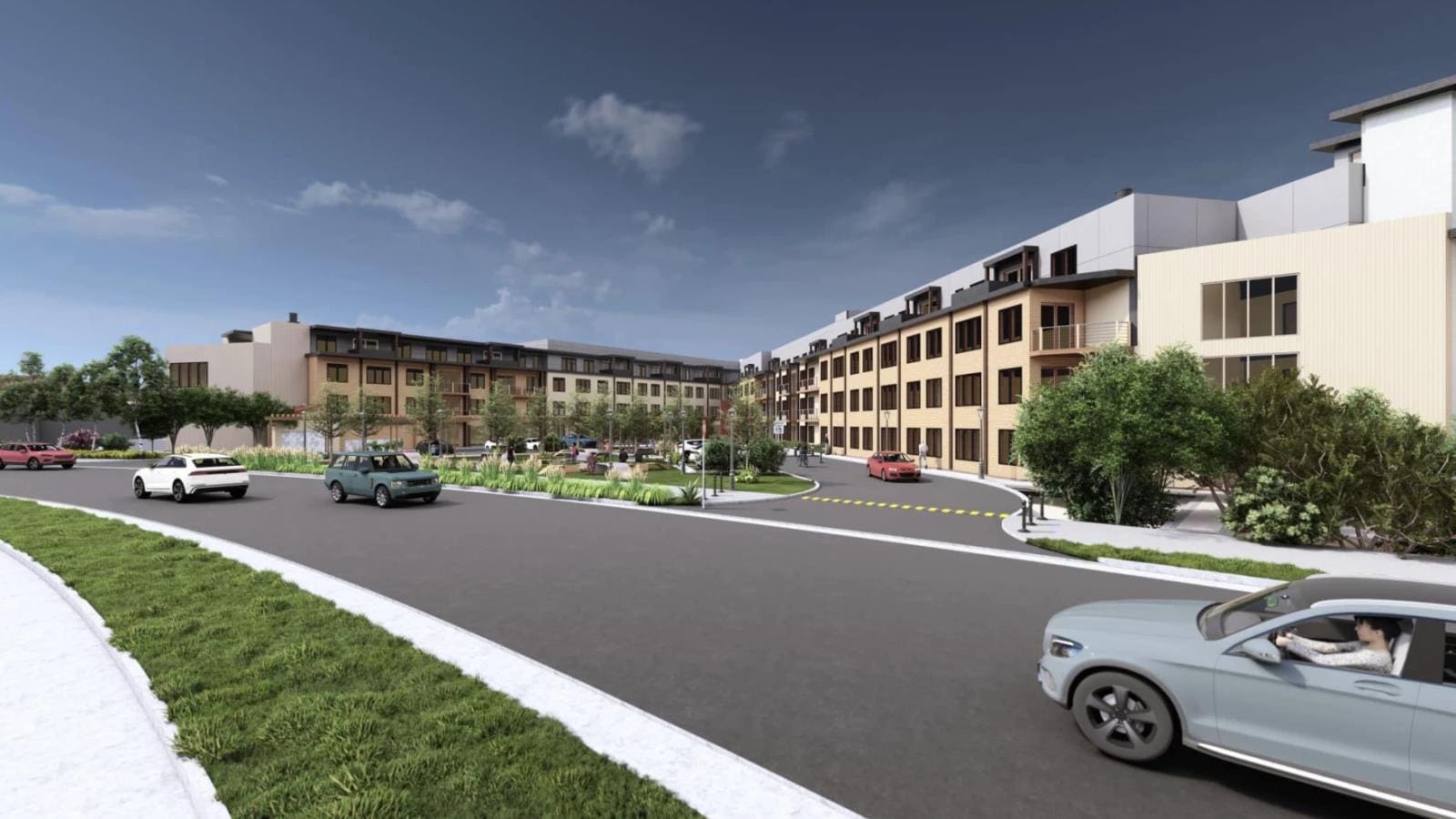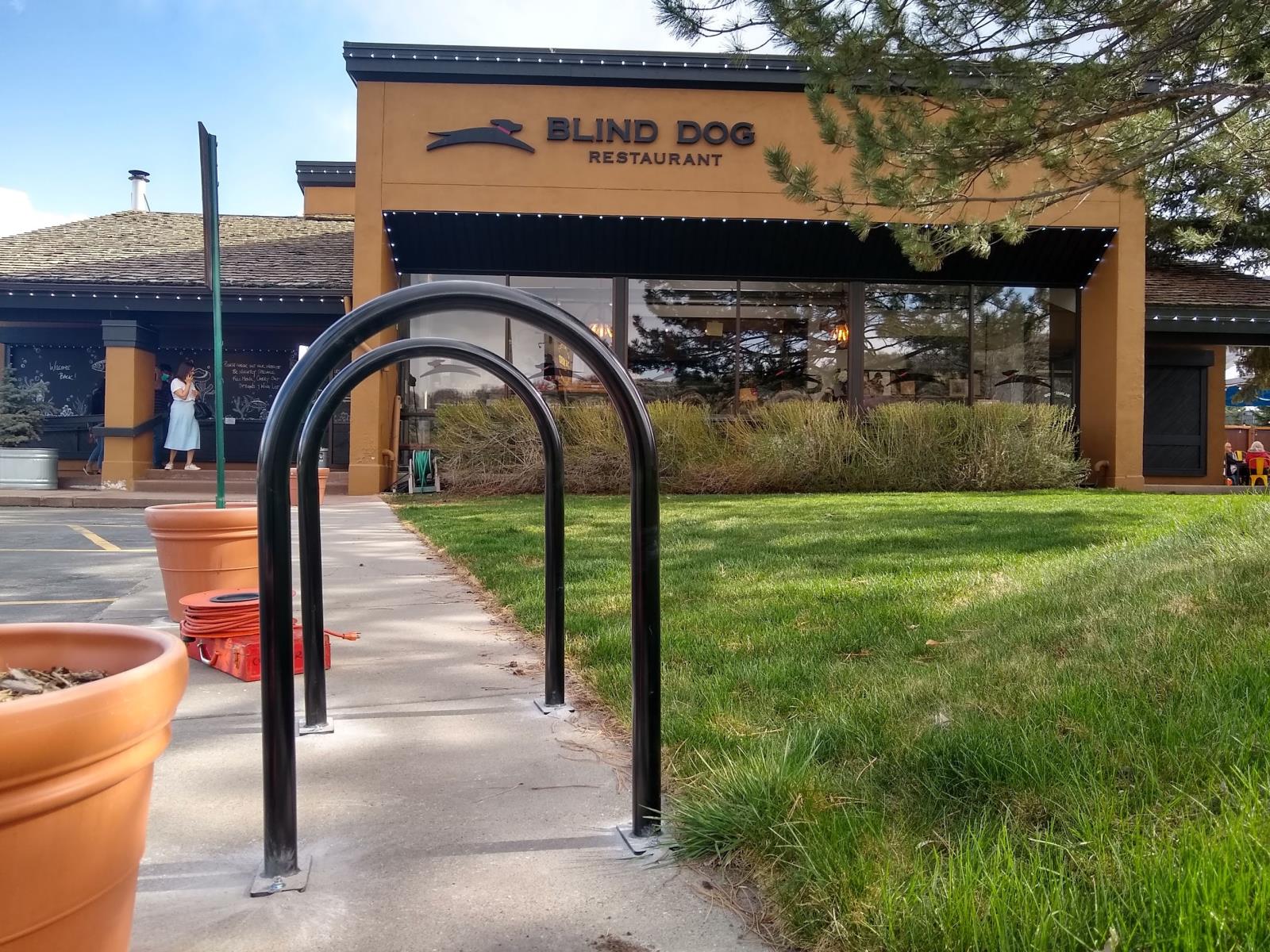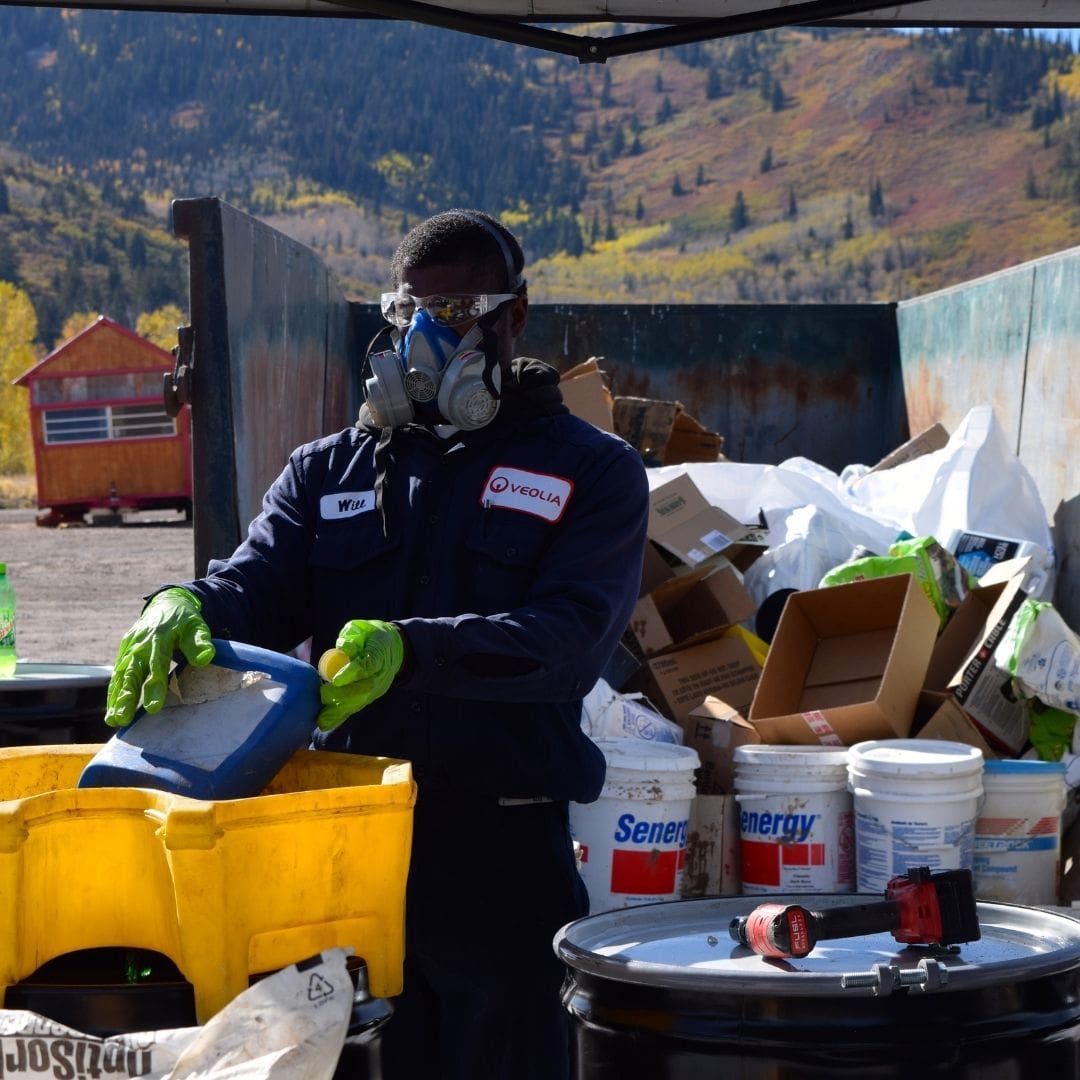News
21.5% of housing units in Summit County are short-term rentals
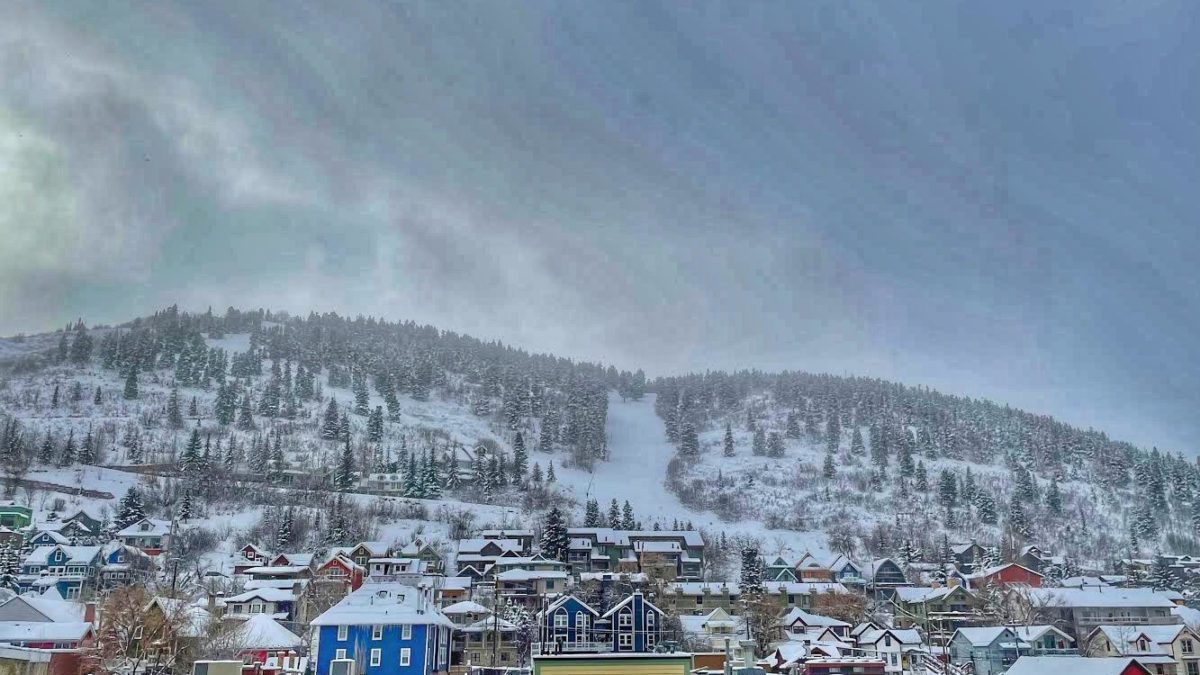
Photo: TownLift
PARK CITY, Utah — In 2021, short-term rental listings made up 21.5% of total housing units in Summit County, the highest rate in the state, according to new research from the University of Utah.
The Kem C. Gardner Policy Institute recently published ‘The State of Utah’s Travel and Tourism Industry 2020.’ The report is a comprehensive high-level review that looks into a wide array of data, including visitor spending, visitation trends, employment, and lodging.
18.8% of Grand County’s housing market is short-term rentals, which is the third-highest rate in the state. Grand County is home to tourism hotspot Moab, near two national parks, Arches and Canyonlands.
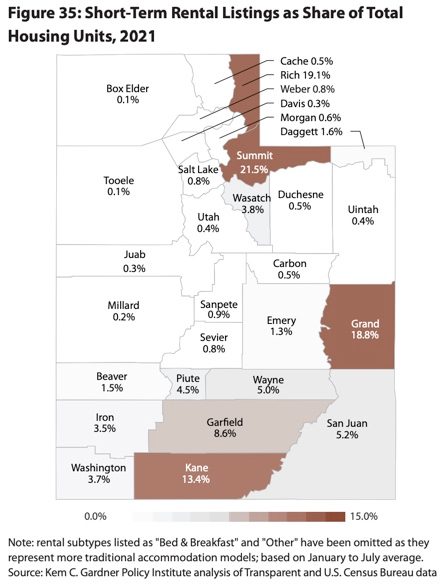
There were an average of 15,706 available short-term rentals in Utah in 2019. In 2021, there were 20,634 short-term units available, a 23.9% increase statewide over two years.
In Summit County, short-term rental listings were up 8.9% during the two-year timeframe.
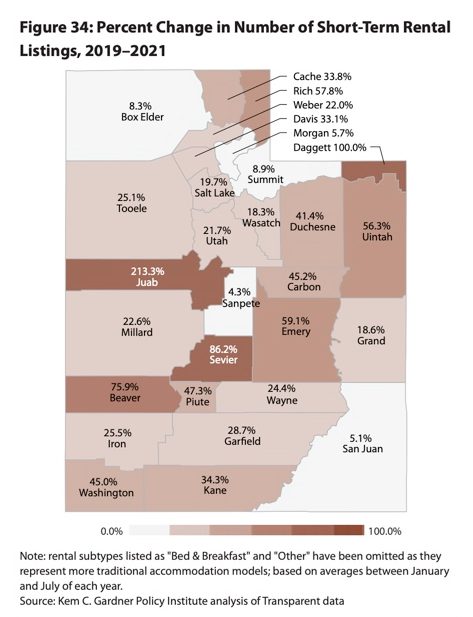
“Skyrocketing housing costs in Utah and across the West have left much of the housing market unaffordable for many. Housing availability is another issue. The conversion of long-term employee rentals into short-term visitor rentals has intensified the employee housing crisis,” writes Senior Research Analyst Jennifer Leaver.
“When a property owner can make a typical month’s rent in a matter of days by renting to tourists, there is little incentive to rent longer-term to the leisure and hospitality workforce. Unfortunately, if seasonal workers cannot secure housing, hospitality businesses could face severe understaffing and eventual closure.”
Leaver highlights public-private partnerships that seek available and affordable employee housing as a way to combat the crisis.
Other key findings:
- In 2020, travelers directly spent $7.07 billion in Utah, a 29.8% decline from the 2019 record spending of $10.13 billion.
- The Sundance Film Festival’s nonresident attendee share has decreased from one-in-two attendees to one-in-three. At the pre-pandemic 2020 festival, nonresident spending was down 9.5%.
- Approximately 1 in 11 Utah jobs was supported directly or indirectly by visitor spending in 2020.
- Leisure and hospitality jobs in Summit County decreased 18.8% between 2019 and 2020.
- The 2020-2021 ski season was the busiest on record, with 5.3 million skier days. “According to resort managers, skier turnout was heavily local with many at-home workers taking advantage of season passes and off-peak days,” writes Leaver.
- “The pandemic also led to an uptick in regional auto travel, short-term rental bookings, and rural exploration, not to mention a surge in digital wanderers and amenity migrants, which supported the growth of “Zoom Towns.”
Institute definitions:
Digital Wanderer (noun): a person who earns a living working online in various locations of their choosing (rather than a fixed business or residential area).
Zoom Town (noun): a community that experiences a significant population increase as remote work becomes more popular, especially in the wake of the COVID-19 pandemic. The shift is expected to have substantial economic implications. The name is a play on “boomtown” and the web conferencing tool Zoom.
Appreciate the coverage? Help keep Park City informed.
TownLift is powered by our community. If you value independent, local news that keeps Park City connected and in the know, consider supporting our newsroom.
















